What’s going on, guys? Billy here. With the release of the new DJI Avata 2, we also got a new set of goggles. These are the DJI Goggles 3, and despite looking very similar to previous offerings from DJI, they improve functionality and fit in many ways, making them a great upgrade if you own any of DJI’s newer drones.
Compatibility and Ecosystem
That’s right, these goggles are fully compatible with all of DJI’s newer drones that run the OcuSync 4 or O4 transmission system.

This includes the DJI Avata 2, as well as the DJI Air 3 and the Mini 4 Pro. This compatibility is a driving force behind the title of this video, “The Era of the Ecosystem,” as DJI is starting to move into a position much like Apple, Samsung, and Google, where they offer an ecosystem of products that seamlessly work together. We’ll get more into that towards the end of the video.

Evolution of DJI Goggles
You can think of the Goggles 3 as a combination of the two previous goggle options: the Goggles 2 and the Goggles Integra. Both had strengths in their own right.

For example, the Goggles 2 featured head tracking and fully adjustable diopter control, whereas the Goggles Integra introduced a new integrated battery on the back, eliminating the dangling battery wire and adding a built-in GPS module for Remote ID purposes, meaning no more having to plug in your phone before every flight.
Now, enter the Goggles 3, which take the best features from both headsets and combine them into one set of goggles to fly your drones with.
Design and Comfort
The design of the Goggles 3 is really well-balanced. The main headset screen and ports are on the front, intended to go over your eyes, and the battery pack sits on the back side of your head, counterbalancing the weight. This leads to my favorite thing about the Goggles 3: how comfortable they are to wear, especially for longer periods of time.

Once you place the headset over your face, you tighten the strap by spinning the wheel on the back where the battery is. You’ll feel it click into place until it seals out all the light and presses firmly on the front of your head.
The new design makes a big difference in terms of comfort. All the pressure is applied on the pad that sits on your forehead, and using the built-in hinge, you can press the goggles up against your face for a better view of the screen and to seal out the light.
Features and Functionality
The range of motion on the hinge is about five degrees, allowing for adjustments based on head size. The pressure on your forehead relieves pressure around your eyes, cheeks, and the bridge of your nose, making the rubber seal around the outside lightweight and effective at blocking out all light. This makes for a more immersive flight experience.
Controls and Ports
The right side of the goggles has a 5D button to navigate through the menu, a back button, a power button, and a USB-C port for charging and connecting to your computer. There are also LEDs to check the battery life. The touchpad on this side allows you to double-tap to view through the goggles using new front-side cameras, almost like picture-in-picture inside the headset. However, the field of view on these cameras is so tight that it’s disorienting to use, and I never use this feature.
Diopter Adjustment and Sensors
On the underside of the goggles is a full diopter adjustment to focus the lenses on the screen, so you don’t need to wear glasses. There’s also a sensor to detect if the headset is on your head and a microSD card slot to store files and screen record for DVR footage. A built-in fan cools your eyes and skin and defogs the lenses.

Antennas
For those wondering, the antennas are not removable like they were on the Goggles 2, so you’re stuck with what comes stock on the Goggles 3.

The Ecosystem and Motion Controller 3
Let’s talk more about the ecosystem, which I believe is the real reason this video is worth making. The hardware on the Goggles 3 is great and the best set of goggles DJI has made, but it’s the ecosystem that’s most exciting. The new motion controller 3 interacts with the Goggles 3 in a significant way.
For example, navigating the menus with the 5D button on top of the goggles can be cumbersome, but using the RC Motion 3 as a pointer to look around and select options with the trigger is much easier and feels natural.

Connection and Ecosystem
Interestingly, the connection between the remote and drone is fed from the goggles as a middleman. The motion controller connects to the goggles, which then feed the connection to the drone. I discovered this when I noticed my motion controller wasn’t connecting until I turned on the goggles. This highlights how integrated the ecosystem is becoming.
Compatibility
The Goggles 3 are compatible with all drones using DJI O4: the Avata 2, Mini 4 Pro, and Air 3. This means you can use your regular controller, like the RC2 and RCN2, while viewing the live feed from your drone through the Goggles 3. Previously, you had to use the motion controller for this, which wasn’t ideal for GPS drones.

Final Thoughts
The Goggles 3 offer a nice upgrade over previous DJI goggles, combining the best features into one capable set. However, the real excitement lies in DJI’s growing ecosystem. Being able to use these goggles with any of my new DJI drones is great, though I hope the experience continues to improve.
Let me know your thoughts on the Goggles 3 down below, and as always, I’ll talk to you later. Peace.
Discover more from DroneXL.co
Subscribe to get the latest posts to your email.



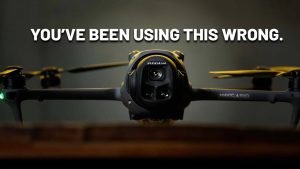




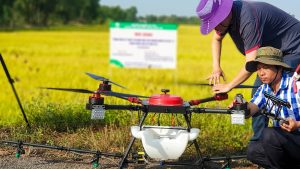
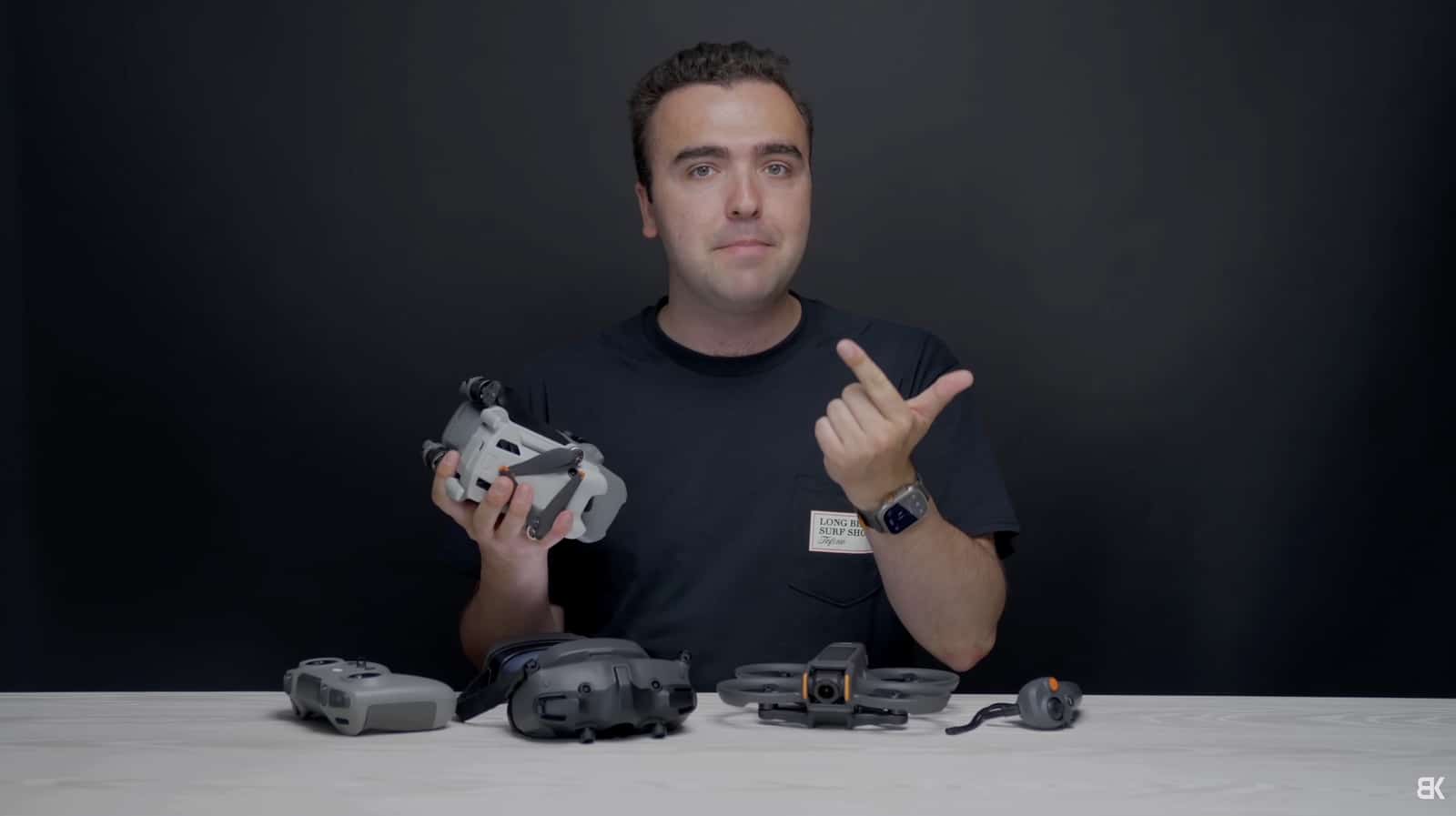

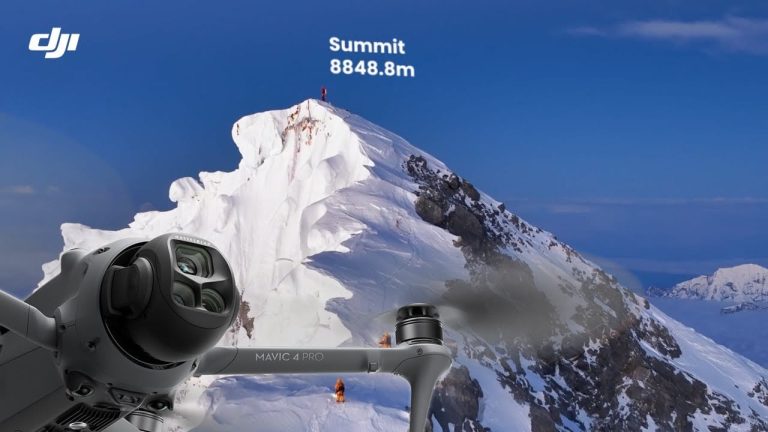
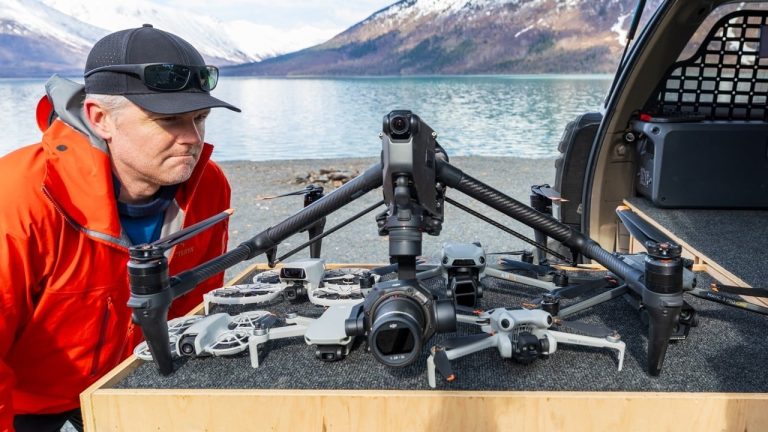
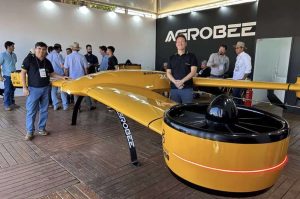
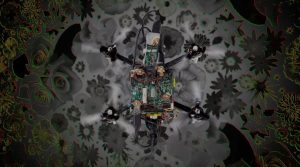
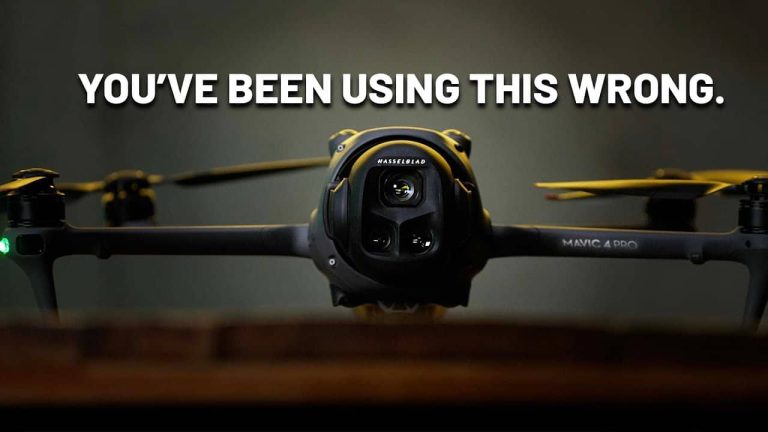


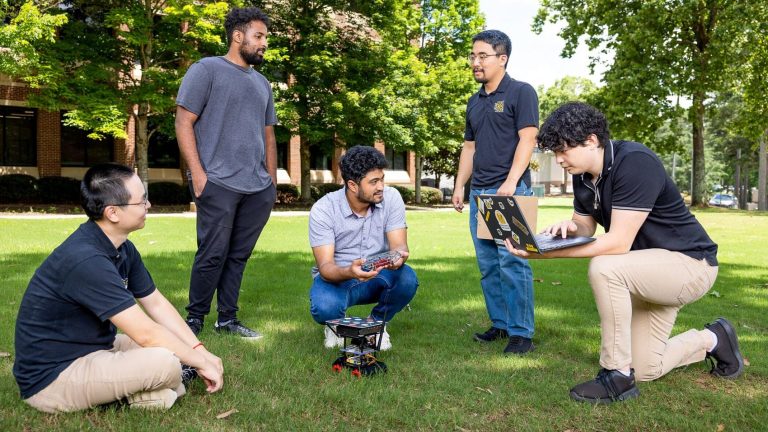

+ There are no comments
Add yours